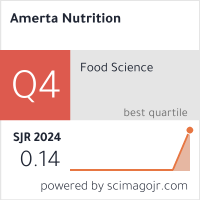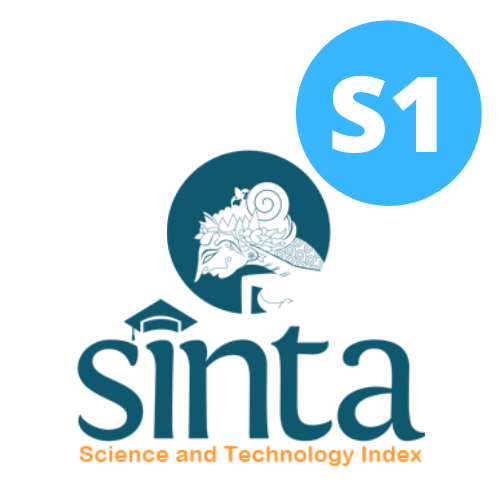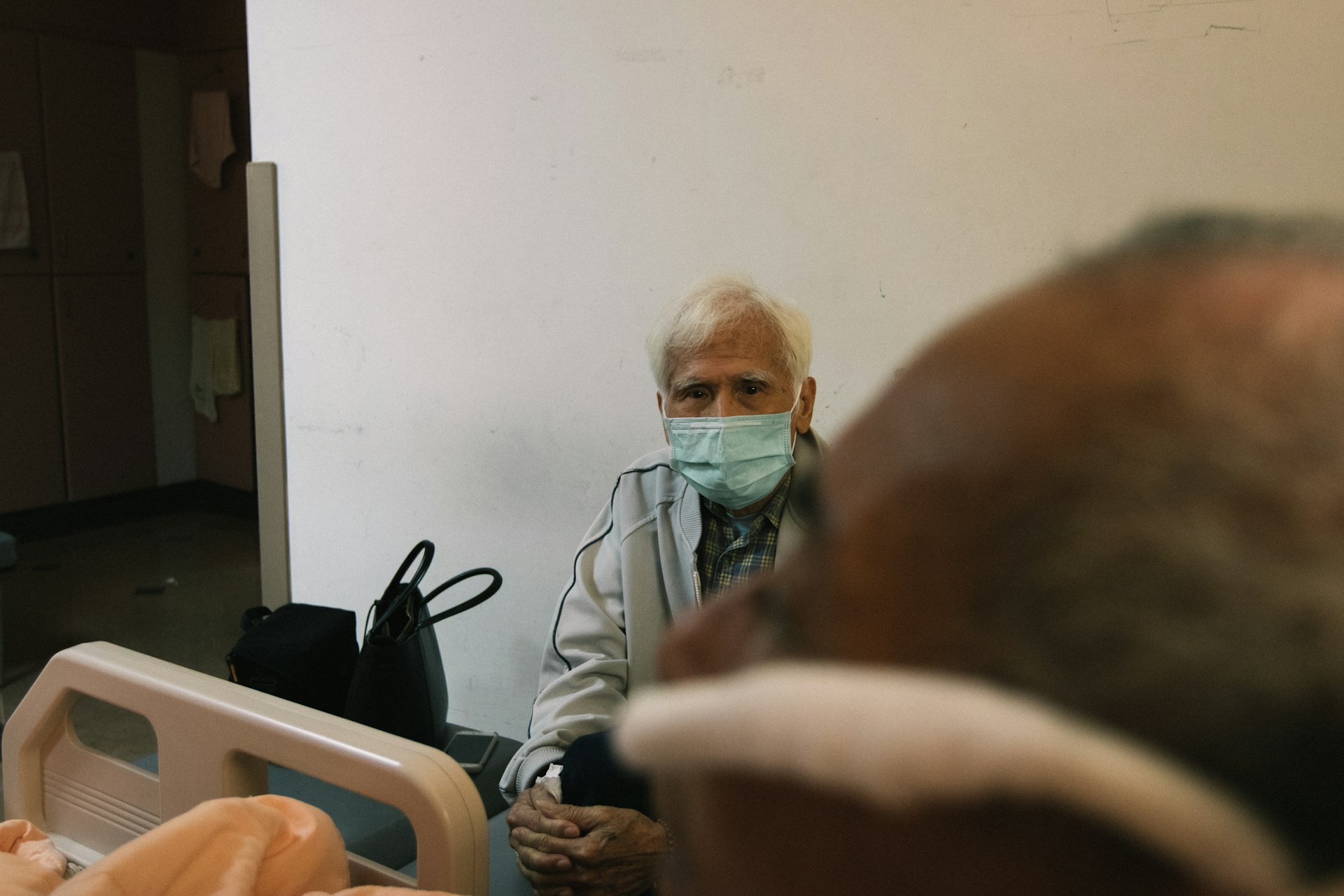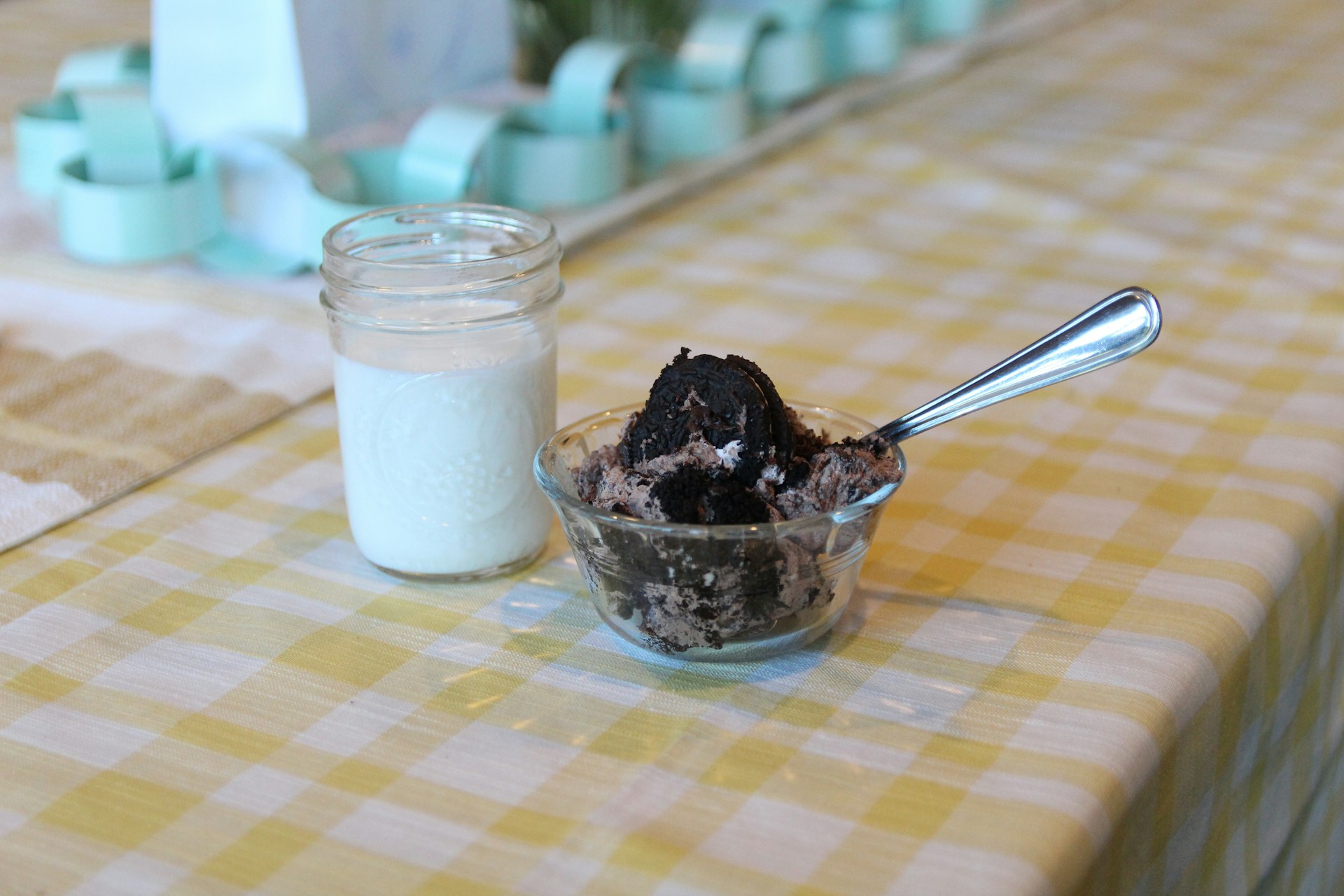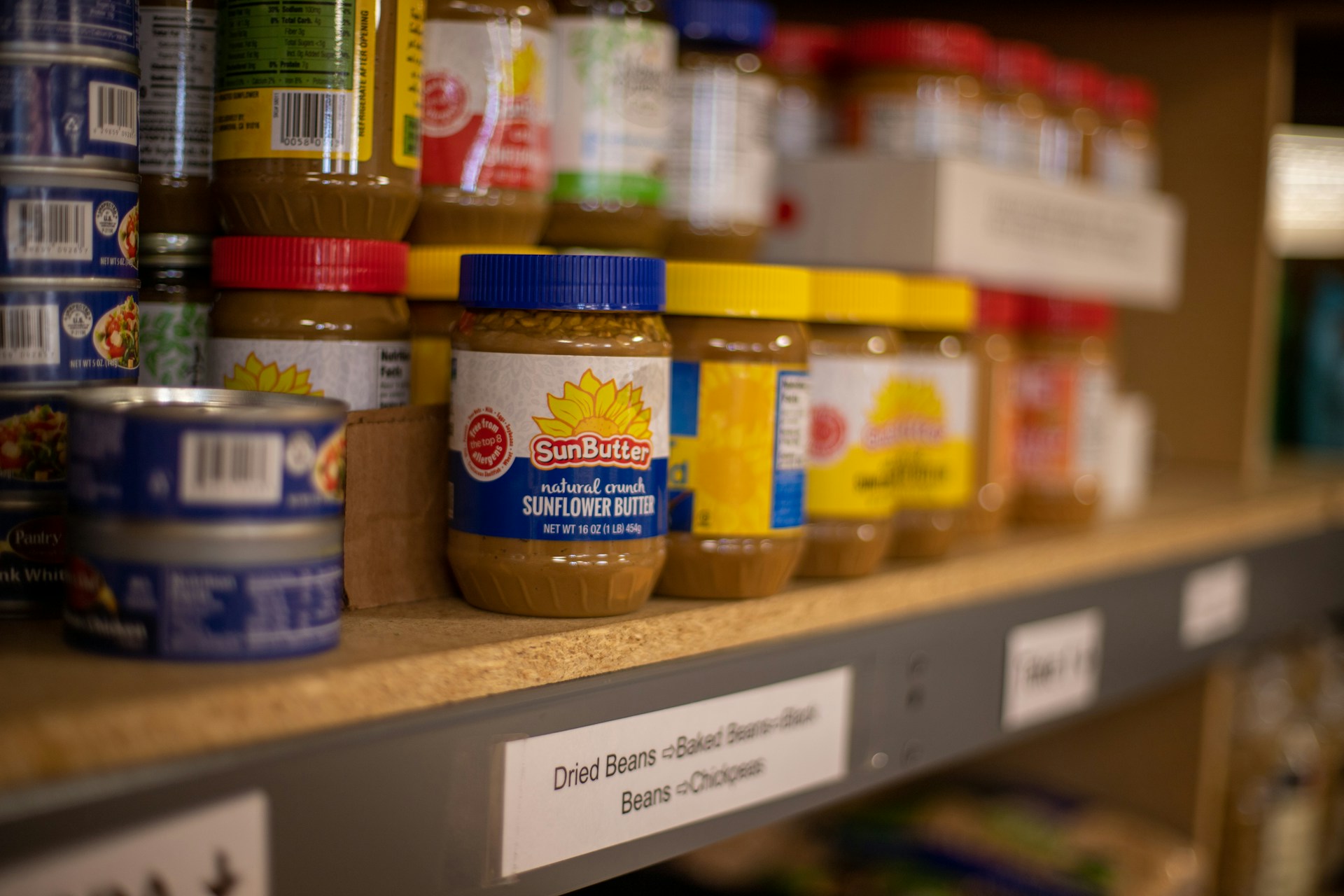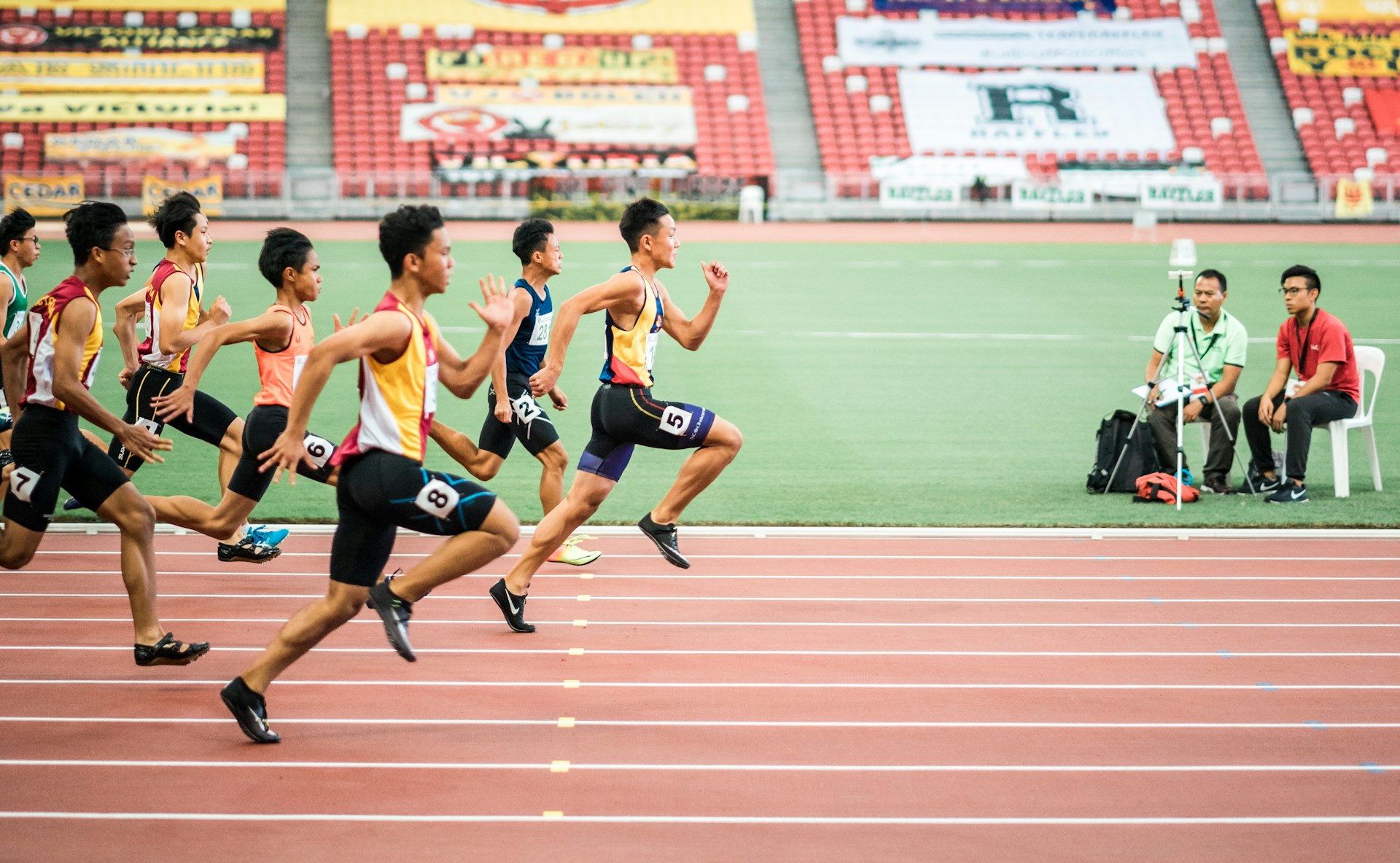Glycemic Index and Organoleptic Test of Gluten-Free Chips Made from Composite Flour Enriched with Spirulina Platensis
Uji Indeks Glikemik dan Organoleptik Keripik Berbahan Komposit Tepung Bebas Gluten yang Diperkaya Spirulina Platensis
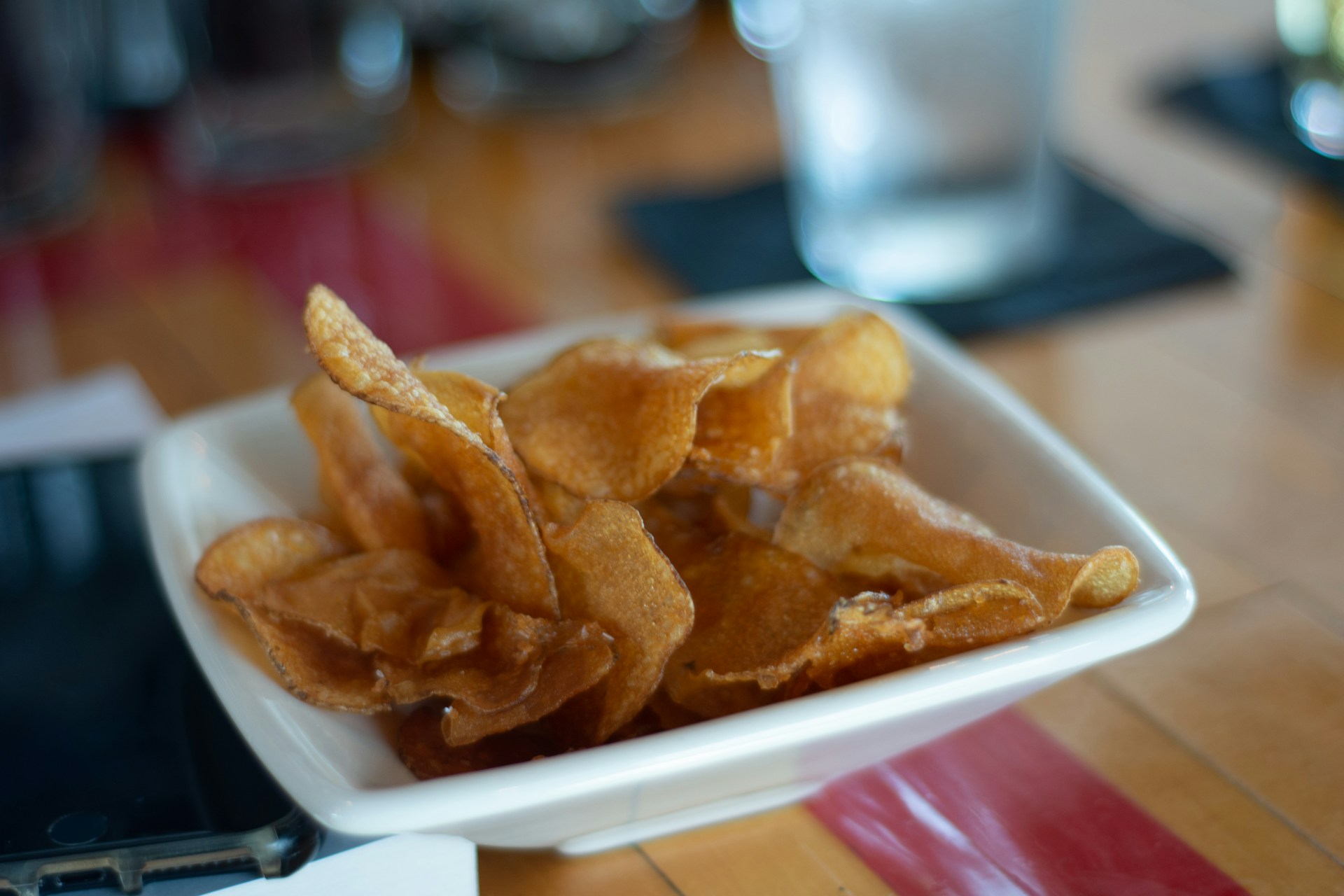
Background: The World Health Organization (WHO) recommends consuming low glycemic index (GI) foods to manage blood glucose. The GI value of foods is influenced by the ratio of amylose to amylopectin and also the addition of bioactive compounds. Spirulina platensis is a type of microalgae rich in bioactive compounds, including phenolic acids and volatile compounds.
Objectives: This study aimed to evaluate the glycemic index (GI) levels and organoleptic properties of chips made from gluten-free composite flour enriched with Spirulina sp.
Methods: The research design was experimental. Three formulations were tested: A413 (mocaf: 30%; cornstarch: 20%; corn grits: 20%; tapioca: 30%), A531 (mocaf: 30%; cornstarch: 20%; corn grits: 10%; tapioca: 40%), A249 (mocaf: 30%; cornstarch: 10%; corn grits: 20%; tapioca: 40%). The GI testing involved 10 respondents who met the following criteria: normal BMI, aged 20-40 years, drug-free, non-smoking, non-drinking, no history of chronic diseases, not pregnant or breastfeeding. The GI value was calculated based on the area under the curve (AUC) of blood glucose measurement before and after consuming the standard and test food at 0, 30, 60, 90 and 120 minutes. Organoleptic testing was conducted using a hedonic test with 35 semi-trained panelists.
Results: Formula A531 had the lowest GI value (GI = 28) among the three formulations. There was no significant difference in scent and flavor between the three formulations. However, formula A531 was the most preferred in terms of texture (p-value = 0.029) and crispiness (p-value = 0.050) compared to the other formulations.
Conclusions: Gluten-free chips enriched with Spirulina sp. (Formula A531) can serve as a healthy, low-glycemic-index snack alternative that is acceptable to consumers.
Marbun, A.S., Aryani, N., Sipayung, N., & Sinaga, A. . Pengetahuan lima pilar dengan kadar gula darah pada pasien diabetes melitus tipe II di UPT Puskesmas Kenangan. J. TEKESNOS 4, 208–217 (2022).
[KEMENKES RI] Kementrian Kesehatan Republik Indonesia. Profil Kesehatan Indonesia 2018. (2019).
[BALITBANGKES] Balai Penelitian dan Pengembangan Kesehatan. Riset Kesehatan Dasar. Riset Kesehatan Dasar (RISKESDAS) (2013).
Saputri, R. D. Komplikasi Sistemik pada Pasien Diabetes Melitus Tipe 2. J. Ilm. Kesehat. Sandi Husada 11, 230–236 (2020). https://doi.org/10.35816/jiskh.v11i1.254
Selano, M. K. Hubungan Lama Menderita Dengan Kejadian Neuropati Diabetikum Pada Pasien Diabetes Melitus. J. Smart Keperawatan 8, 129 (2021). https://doi.org/10.34310/jskp.v8i2.505
Septianingrum, E., Liyanan, L. & Kusbiantoro, B. Review Indeks Glikemik Beras: Faktor-Faktor yang Mempengaruhi dan Keterkaitannya terhadap Kesehatan Tubuh. J. Kesehat. 9, 1 (2016). https://doi.org/10.23917/jurkes.v9i1.3434
Lazarou, C., Panagiotakos, D. & Matalas, A.-L. The Role of Diet in Prevention and Management of Type 2 Diabetes: Implications for Public Health. Crit. Rev. Food Sci. Nutr. 52, 382–389 (2012). https://doi.org/10.1080/10408398.2010.500258
Lazarou, C., Panagiotakos, D. & Matalas, A. The Role of Diet in Prevention and Management of Type 2 Diabetes: Implications for Public Health. Crit. Rev. Food Sci. Nutr. 52, 382–389 (2012). https://doi.org/10.1080/10408398.2010.500258
Zong, G. et al. Gluten intake and risk of type 2 diabetes in three large prospective cohort studies of US men and women. Diabetologia 61, 2164–2173 (2018). https://doi.org/10.1007/s00125-018-4697-9
Ludvigsson, J. F. et al. The Oslo definitions for coeliac disease and related terms. Gut 62, 43–52 (2013). https://doi.org/10.1136/gutjnl-2011-301346
Serena, G., Camhi, S., Sturgeon, C., Yan, S. & Fasano, A. The Role of Gluten in Celiac Disease and Type 1 Diabetes. Nutrients 7, 7143–7162 (2015). https://doi.org/10.3390/nu7095329
Warsito, H. & Sa’diyah, K. Studi Pembuatan Klepon dengan Substitusi Tepung Sagu sebagai Alternatif Makanan Selingan Indeks Glikemik Rendah Bagi Penderita Diabetes Meliitus Tipe 2. J. Kesehat. 7, 45–57 (2019). https://doi.org/10.25047/j-kes.v7i1.74
Pateda, V. & Nofi, L. S. Pengaruh Konsumsi Beras Indeks Glikemik Rendah Terhadap Pengendalian Metabolik Diabetes Melitus Tipe-1. Sari Pediatr. 10, 320 (2016). https://doi.org/10.14238/sp10.5.2009.320-4
Suloi, A.N.F., Rumitasari, A., Farid, J. A., Fitriani, S. N. A., & & Ramadhani, N. L. Snack bars : camilan sehat rendah indeks glikemik sebagai alternatif pencegahan penderita diabetes. 2, 118–125 (2020).
Bintanah, S., Jauharany, F. F., Gizi, P. & Muhammadiyah, U. Analisa Zat Gizi dan Tingkat Kesukaan Pada Tepung Talas Bening ( xanthosoma undipes koch ) Sebagai Pangan Fungsional Untuk Menurunkan Kadar Gula Darah efek metabolik yaitu mengurangi episode hipoglikemia . ( Giacco R , 2002 ) . glikemik yang renada dari s. 1689–1697.
Iqbal, M., Ma’aruf, W.F., S. Pengaruh penambahan mikroalga Spirulina platensis dan mikroalga Skeletonema costatum terhadap kualitas sosis ikan bandeng (Chanos chanos frosk). 5, 56–63 (2016).
Andrade, L. M. Chlorella and Spirulina Microalgae as Sources of Functional Foods, Nutraceuticals, and Food Supplements; an Overview. MOJ Food Process. Technol. 6, (2018). https://doi.org/10.15406/mojfpt.2018.06.00144
Firdayani, F. & Winarni Agustini, T. Ekstraksi Senyawa Bioaktif sebagai Antioksidan Alami Spirulina Platensis Segar dengan Pelarut yang Berbeda. J. Pengolah. Has. Perikan. Indones. 18, 28–37 (2015). https://doi.org/10.17844/jphpi.2015.18.1.28
Prawitasari, D. S. Diabetes Melitus dan Antioksidan. KELUWIH J. Kesehat. dan Kedokt. 1, 48–52 (2019). https://doi.org/10.24123/kesdok.V1i1.2496
Siti Halimatul Munawaroh, H. et al. In-vitro molecular docking analysis of microalgae extracted phycocyanin as an anti-diabetic candidate. Biochem. Eng. J. 161, 107666 (2020). https://doi.org/10.1016/j.bej.2020.107666
Solang, M., Ningsih N. Ismail, Y. & D. Uno, W. Komposisi Proksimat dan Indeks Glikemik Nira Aren. Biospecies 13, 1–9 (2020). https://doi.org/10.22437/biospecies.v13i2.8761
Istiqomah, A. Indeks Glikemik , Beban Glikemik , Kadar Protein , Serat Dan Tingkat Kesukaan Kue Kering Tepung Garut Dengan Substitusi Tepung Kacang Merah. (2015). https://doi.org/10.14710/jnc.v4i4.10171
Khairunnisa, A. & Syukri, A. A. Praktik Sensorik dan Bias Panelis. Univ. Terbuka 1–29 (2019).
Sarastani, D., Kusumanti, I. & Indriastuti, C. E. Uji Penerimaan Konsumen terhadap Mutu Organoleptik Petis Ikan Situbondo dengan Metode Uji Kesukaan. Biosci. J. Ilm. Biol. 11, 32 (2023). https://doi.org/10.33394/bioscientist.v11i1.6984
Dini, R. Z. & Rustanti, N. Pengaruh Substitusi Tepung Ampas Kelapa terhadap Nilai Indeks Glikemik, Beban Glikemik, dan Tingkat Kesukaan Roti. J. Nutr. Coll. 3, 213–221 (2014). https://doi.org/10.14710/jnc.v3i1.4599
Afifah, D. N. et al. Analisis Kandungan Zat Gizi, Pati Resisten, Indeks Glikemik, Beban Glikemik dan Daya Terima Cookies Tepung Pisang Kepok (Musa paradisiaca) Termodifikasi Enzimatis dan Tepung Kacang Hijau (Vigna radiate). J. Apl. Teknol. Pangan 9, 101–107 (2020). https://doi.org/10.17728/jatp.8148
Ningrum, D. O. et al. Pengukuran Indeks Glikemik Pangan Modifikasi Snack Berbahan Dasar Ikan Gabus (Chana micropeltes) dan Daun Kenikir(Cosmos caudatus). Ghidza Media J. 4, 117 (2022). https://doi.org/10.30587/ghidzamediajurnal.v4i1.4784
Trisnawati, W. Analisis Indeks Glikemik dan Komposisi Gizi Keripik Simulasi Substitusi Tepung Bekatul dengan Tepung Labu Kuning. J. Apl. Teknol. Pangan 6, 143–147 (2017). https://doi.org/10.17728/jatp.235
Fajriah, F., Faridah, D. N. & Herawati, D. Penurunan Indeks Glikemik Nasi Putih dengan Penambahan Ekstrak Serai dan Daun Salam. J. Teknol. dan Ind. Pangan 33, 169–177 (2022). https://doi.org/10.6066/jtip.2022.33.2.169
Parhusip, A., Neysha, A., Halim, L. & Iwantoro, F. O. Aplikasi Pre-Heating dan Edible Coating untuk Peningkatan Kualitas Keripik Kentang. J. Mutu Pangan Indones. J. Food Qual. 8, 53–62 (2021). https://doi.org/10.29244/jmpi.2021.8.1.53
Rahman, M. & Mardesci, H. Pengaruh Perbandingan Tepung Beras dan Tepung Tapioka terhadap Penerimaan Konsumen pada Cendol. J. Teknol. Pertan. 4, 18–28 (2015). https://doi.org/10.32520/jtp.v4i1.76
Malik, Z. K., Puspasari, E. & Nurlaela, R. S. Karakteristik Kimia dan Sensori Stik Bawang dengan Penambahan Tepung Biji Alpukat (Persea americana Mill). Karimah Tauhid 3, 5600–5619 (2024). https://doi.org/10.30997/karimahtauhid.v3i5.13203
Taula’bi’, M. S. D., Oessoe, Y. Y. E. & Sumual, M. F. Kajian Komposisi Kimia Snack Bars Dari Berbagai Bahan Baku Lokal : Systematic Review Study of the Chemical Composition of Snack Bars From Various Local Raw Materials : Systematic Review. Agri-Sosioekonomi 17, 15 (2021). https://doi.org/10.35791/agrsosek.17.1.2021.32236
Julfi Restu Amelia, Intan Nurul Azni, Iman Basriman, F. N. W. P. Karakteristik Kimia Minuman Sari Tempe-Jahe dengan Penambahan Carboxy Methyl Cellulose dan Gom Arab pada Konsentrasi yang Berbeda. Chim. Nat. Acta 9, 36–44 (2021). https://doi.org/10.24198/cna.v9.n1.33038
Copyright (c) 2025 Amerta Nutrition

This work is licensed under a Creative Commons Attribution-ShareAlike 4.0 International License.
AMERTA NUTR by Unair is licensed under a Creative Commons Attribution-ShareAlike 4.0 International License.
1. The journal allows the author to hold the copyright of the article without restrictions.
2. The journal allows the author(s) to retain publishing rights without restrictions
3. The legal formal aspect of journal publication accessibility refers to Creative Commons Attribution Share-Alike (CC BY-SA).
4. The Creative Commons Attribution Share-Alike (CC BY-SA) license allows re-distribution and re-use of a licensed work on the conditions that the creator is appropriately credited and that any derivative work is made available under "the same, similar or a compatible license”. Other than the conditions mentioned above, the editorial board is not responsible for copyright violation.






